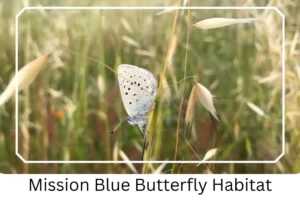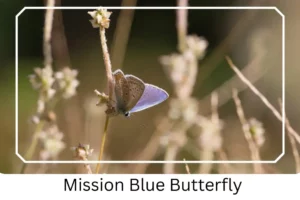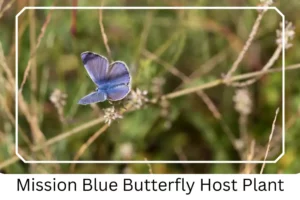Mission Blue (Aricia icarioides missionensis)
The Mission Blue Butterfly, a subspecies of the Boisduval’s Blue, stands as a fascinating subject of interest among butterfly enthusiasts due to its rare status and distinctive characteristics. Suffering from dramatic population declines, largely attributed to habitat loss, this butterfly’s plight has sparked conservation efforts to save it from the brink of extinction. The males, known for their vibrant silver-blue to violet-blue hues, contrast sharply with the more subdued brown of the females, making them particularly appealing to observers.
Scientific Classification
- Family: Lycaenidae
- Genus: Aricia
- Scientific Name: Aricia icarioides missionensis
Overview
The Mission Blue Butterfly is native exclusively to certain regions of California, USA, thriving in coastal grasslands that provide the specific conditions necessary for its lifecycle. Adults typically enjoy a lifespan of about one week, during which they primarily feed on nectar from flowers in the sunflower family. Their reproduction cycle includes laying light cyan-white, spherical eggs individually on host plants from the lupine family, essential for the survival of their caterpillars. Notably, the U.S. federal government recognized the butterfly as endangered in June 1976, a status that underscores its critical conservation needs.
Description and Identification
Caterpillar
The mature larva exhibits a light green coloration, a strategic adaptation for camouflage among foliage. It features a segmented body adorned with diagonal white bars across each segment, rendering it nearly invisible in its natural habitat due to its diminutive size.
Pupa
Characterized by its light green color, the mission blue chrysalis displays a distinctive thin black line running towards the head region. It hangs downwards from a singular point, securely attached to the underside of leaves of its host plant, awaiting its transformation.
Adult Butterfly
Sexual Dimorphism: Present, with males displaying vibrant blue hues while females are predominantly brown with some blue.
Color and Appearance: In males, the dorsal wing surface is a striking light blue, whereas females exhibit a brownish tone with blue patches. Both sexes have dark-edged wings. The ventral side reveals an off-white color marked by two rows of black spots of irregular shape.
Average Wingspan: Ranges from 21 to 33 mm (0.83 to 1.3 inches).
Flight Pattern: Known for their fast and erratic flight, making them a delightful challenge for observers to follow.
Additional characteristics include their unique mating rituals and the specific times of day when they are most active, typically observed during the warmer hours when seeking nectar.
Eggs
These are light cyan-white, spherical, and have a rough, irregular texture. Each egg is laid singly, a critical early step in the continuation of the species.
Quick Facts | |
| Distribution | Exclusive to California, USA |
| Habitat | Coastal grasslands |
| Lifespan of Adults | Approximately one week |
| Host Plants | Exclusively from the lupine family |
| Adult Diet | Primarily flower nectar, especially from the sunflower family |
How to Identify Mission Blue Butterfly?
Identifying the Mission Blue Butterfly requires a keen eye for detail, given its diminutive size and the brief window during its adult life. The key to identification lies in observing the distinct color differences between males and females, with males showcasing a brilliant blue and females a muted brown with blue patches. Additionally, the unique pattern of black spots on the ventral side of their wings and their erratic flight pattern are telltale signs. Spotting these butterflies is most successful during their flight period from March to June, within their habitat in California’s coastal grasslands. Understanding their preference for lupine and sunflower family plants can also guide enthusiasts in where to look for these rare and beautiful creatures.
Did You Know?
- The Mission Blue Butterfly was declared endangered in 1976, highlighting the urgent need for conservation efforts.
- This butterfly is considered ‘Critically Imperiled’ by NatureServe, emphasizing its precarious existence.
- Efforts to preserve its habitat are crucial, as the Mission Blue depends entirely on the coastal grasslands of California and the specific flora found there.
Conclusion
The Mission Blue Butterfly embodies the fragile beauty and complexity of nature’s intricacies. Its endangered status serves as a poignant reminder of the impacts of habitat loss and the importance of conservation efforts. By educating ourselves and participating in preservation initiatives, we can hope to ensure the survival of this exquisite creature and the biodiversity of the regions it calls home.
Mission Blue Butterfly Pictures

Mission Blue Butterfly Habitat

Scientific Classification

- Family: Lycaenidae
- Genus: Aricia
- Scientific Name: Aricia icarioides missionensis





